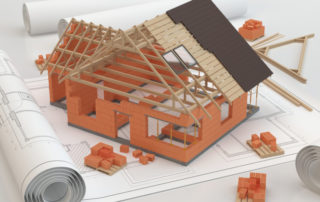What Does the Inflation Reduction Act Mean to You?
No surprise if you haven’t thought about the Inflation Reduction Act (IRA) lately. However, Rewiring America would like you to start thinking about it. Why? Because it is the largest climate bill in U.S. history. It contains, among other things, benefits to help purchase electric vehicles and install heat pumps, induction stoves, solar and other











